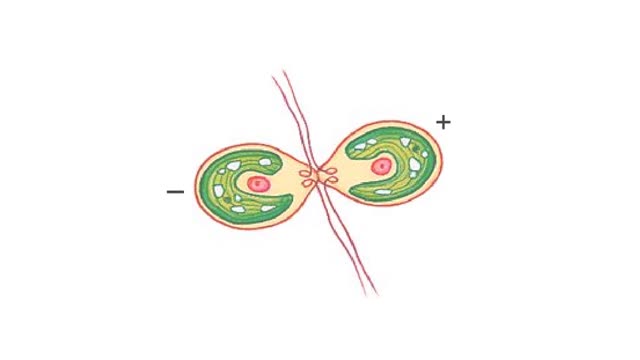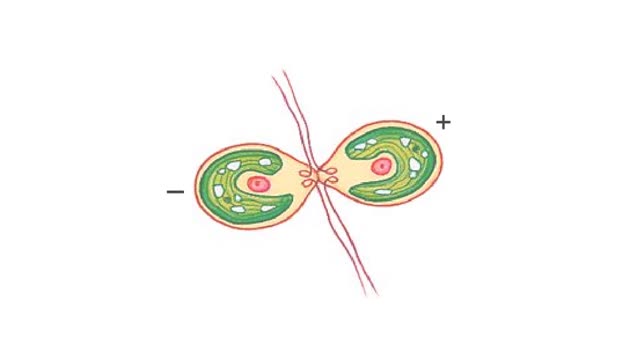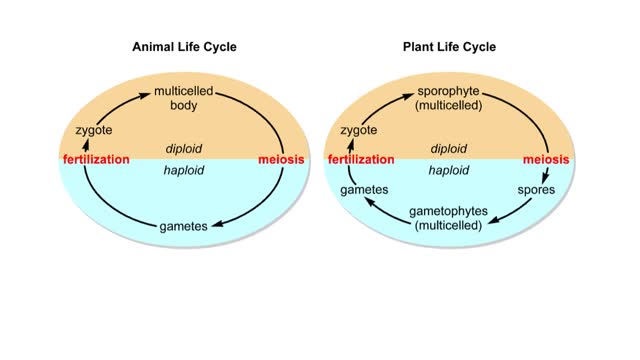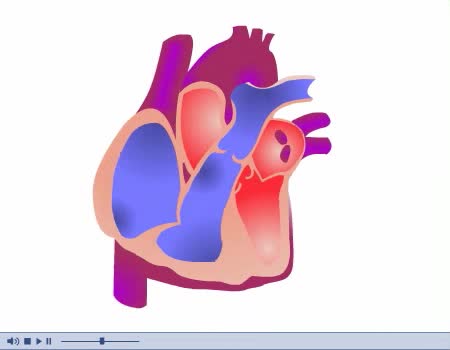Apicomplexan life cycle Animation
By: HWC
Date Uploaded: 07/03/2023
Tags: homeworkclinic.com Homework Clinic Apicomplexan life cycle Animation Malaria sporozoan Plasmodium mosquitoes infected mosquito salivary glands human body reproduce asexually liver merozoites blood cell hemoglobin asexually blood stream chills fver fever gametocytes gametes zygotes mosquito's gut infected person sporozoites
Malaria is caused by the sporozoan, Plasmodium. It is transferred to humans by mosquitoes. When an infected mosquito feeds, infective sporozoites move from her salivary glands into the human body. The bloodstream carries the sporozoites to the liver. Here, they reproduce asexually and some develop into merozoites. Rupture of a liver cell releases the merozoites into blood, and they enter red blood cells. Inside a blood cell, merozoites feed on hemoglobin and divide asexually. Eventually the red blood cell ruptures. Merozoites and cell debris flow into the bloodstream. This causes the symptoms of active malaria: shaking, chills, and fever. The released merozoites infect more liver and blood cells, continuing the infection. In some red blood cells, merozoites develop into sexual torms called gametocytes. When a female mosquito feeds on an infected person, she sucks up gameotcytes along with the blood. Inside the mosquito's gut, the gametocytes mature into gametes. Fertilization forms zygotes that develop into sporozoites. The sporozoites migrate to the mosquito's salivary glands. The cycle of infection is now ready to begin again.
Add To
You must login to add videos to your playlists.
Advertisement












Comments
0 Comments total
Sign In to post comments.
No comments have been posted for this video yet.